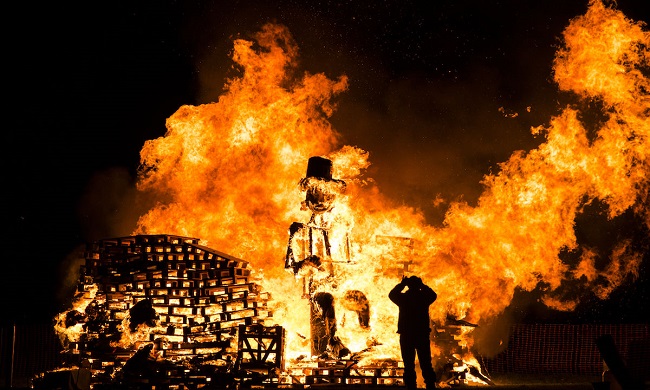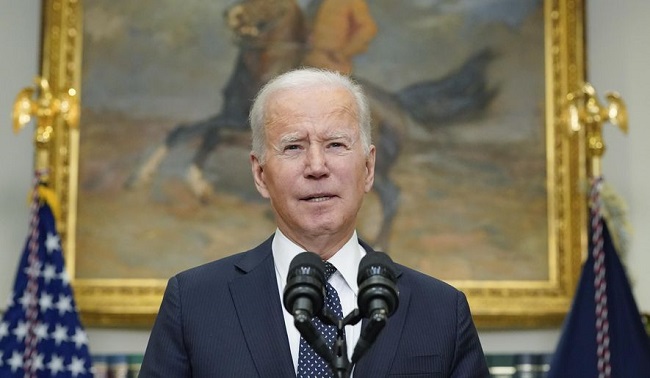The army of clay soldiers guarding Emperor Qin Shi Huang’s tomb stands as an iconic emblem of ancient China’s grandeur.
Beyond their historical magnificence, the inscriptions etched on these figures and their weaponry unfold a linguistic treasure that offers a gateway into the rich heritage of ancient Chinese language and Calligraphy.
Inviting curious minds to explore an era of communicative artistry.

The First Dynasty
The Qin Dynasty (221-206 BC), led by Emperor Qin Shi Huang, unified China and standardized scripts and measures. This era set the foundation for the evolution of the Chinese language.
Read Also:
- Is Dolly Parton Married?
- Is Andy Cohen Married?
- Is Andrew Garfield Married
- Is Valerie Bertinelli Married?
Emperor Qin Shi Huang created a large tomb with a Terracotta Army. The inscriptions on these warriors and weapons provide insight into the linguistic practices, technical vocabulary, and social aspects of that time.
The burial complex and its inscriptions showcase ancient China’s cultural heritage, revealing the effort to standardize language and script for better communication and administration across the empire.
Linguistic Aspects
The inscriptions on the Terracotta Army include personal names, place names, ranks, and technical terms. These inscriptions provide insight into the individuals, possibly craftsmen or military officials, and the regions they came from.

Technical terms reveal the specialized vocabulary used in arms production. The writing system used was the ancient seal script, which was a forerunner to modern Chinese characters.
It shows a formal, structured mode of expression, reflecting the organized nature of the Qin Dynasty. Emperor Qin Shi Huang aimed to standardize the Writing style across his empire for better communication and administration.
The inscriptions show how language was used for organization, identification, and communication during the Qin Dynasty. Analyzing this helps us understand the evolution of language and its role in ancient Chinese society.
Bridging the Past and the Present
With simpler characters and changed syntax, we see how the Chinese language has developed over time. Studying this historical transformation can give more depth to cultural understanding.
Contemporary Chinese courses that include historical aspects provide a richer context for students. This understanding enhances the learning experience by connecting the modern tongue to its ancient roots.
In this way, they are learning Mandarin and exploring the journey that shaped the language. By exploring ancient inscriptions and artifacts, students can better appreciate the Long Tradition of the Chinese Language.
This newfound admiration could fuel their motivation to improve their Mandarin skills. Discovering the connection between past and present highlights China’s linguistic heritage and makes learning more engaging and insightful.

Holistic Strategy for Learning
A multidisciplinary approach integrates historical, cultural, and linguistic aspects of Learning Mandarin and goes beyond a traditional language course. This holistic approach includes historical stories, cultural insights, and language changes in the Mandarin curriculum.
With this, students can explore and value both ancient and modern China and the process that led us to what we have today. This technique allows learners to connect the language to its historical roots and cultural context.
Learning Mandarin through this lens makes the experience more immersive, making it more than just about mastering the subject, but exploring the wonders of a long-standing culture.
Read Also:
More Than Just Words
The inscriptions on the Terracotta Warriors offer a glimpse into the origins of one of the most spoken languages today. As we dig deeper into its roots, we realize it’s not just about getting the grammar right or nailing the pronunciation.
It’s about appreciating the journey of a culture that has evolved over time and yet stayed faithful to its core essence. As we turn the pages of History and explore the intricacies of ancient scripts, understand that we’re not just learning a language. We’re investigating a story that spans centuries.
















































